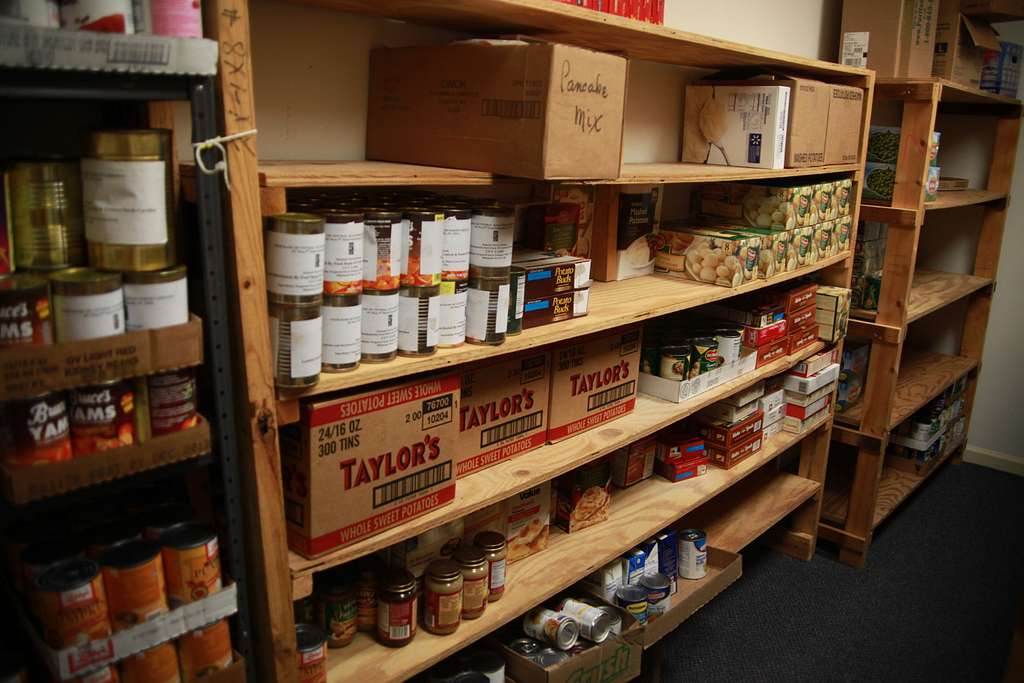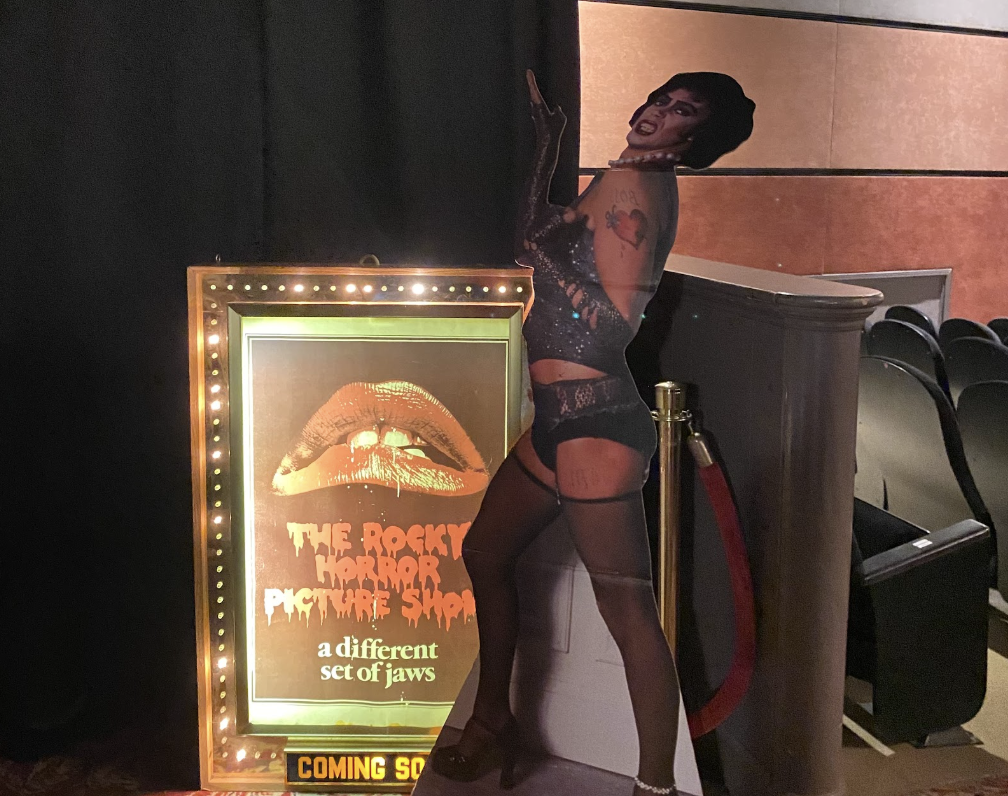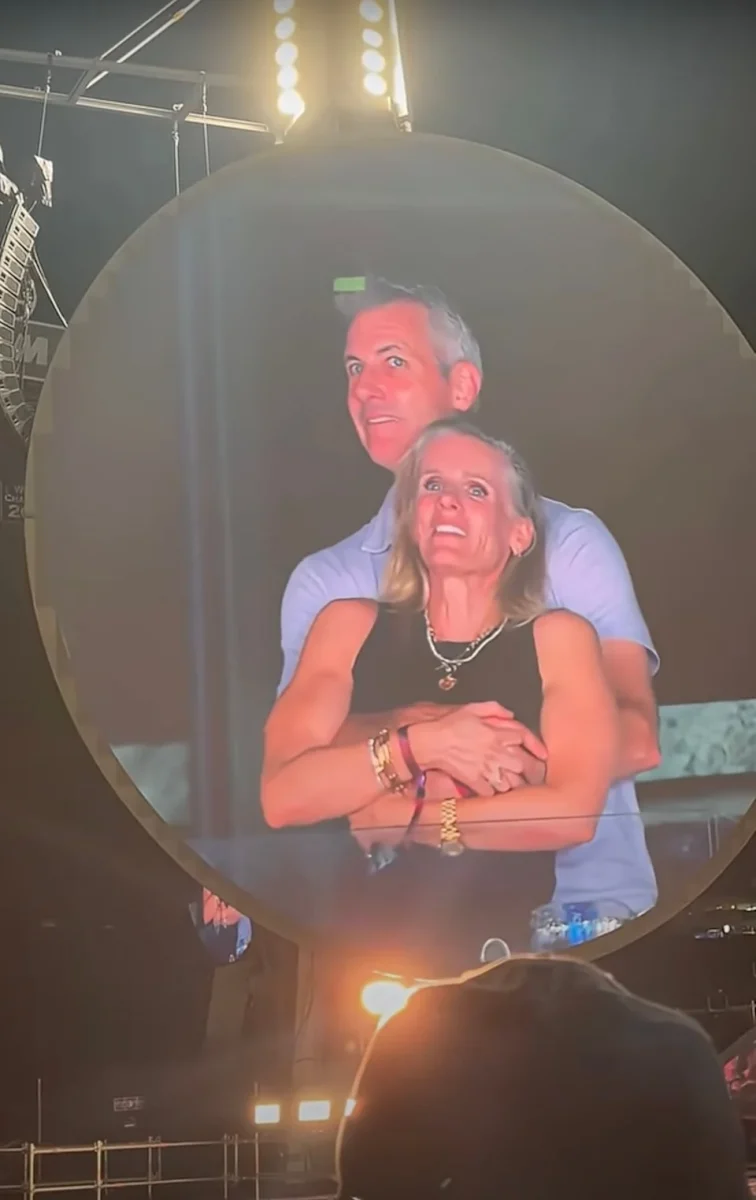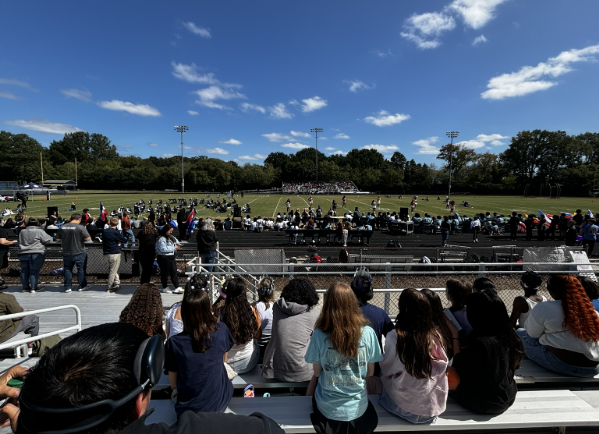Halloween’s rich and spooky history
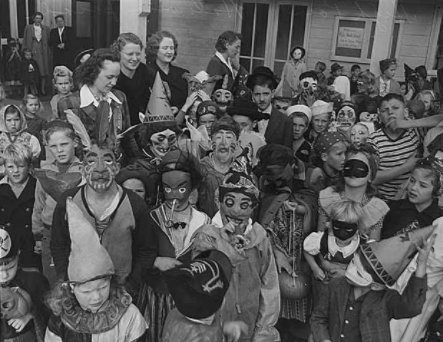
Celebrating what is now known as Halloween, this group of children is dressed up to prepare to trick-or-treat. The rich history of Halloween is often unknown to the public with how much it has gone through even after the European colonists came to the United States.
October 30, 2017
Parties, tricks and treats were not always what Halloween was known for. The Celts lived two thousand years ago, in what is now Ireland, the United Kingdom, and northern France. The festival of Samhain (pronounced sow-in) took place every year on the night of October 31, which was the last day of summer and the harvest. The dark, freezing winter would follow, starting on November 1, which was often associated with human death to the Celts. On the night of the festival, they believed the ghosts of the dead returned to the mortal realm to destroy crops and wreak havoc. They also believed that these spirits made it easier for the Celtic priests to predict the future, which provided great comfort for many through the long, dreadful winter.
In 43 A.D. the first alteration to the festival was made. Through many more changes in domination of territory and religion, the festival eventually evolved into Halloween and came to the United States. The combined Native American and European ethnic groups created what was referred to as “play parties.” These were held to celebrate the harvest and neighbors would come together to tell dance, sing, and tell stories of the dead.
Originally Halloween was celebrated mainly in the South. In the second half of the nineteenth century, America was flooded with new immigrants, including the Irish escaping the Potato Famine, which helped to spread the celebration nationally. Over time, Americans borrowed from English and Irish traditions, dressed up in costumes, and went house to house asking for food and money. This eventually led to what we know today as “trick-or-treating.” Newspapers and other media sources encouraged adults in the early twentieth century to remove the superstition and religious factors from Halloween. Between 1920 and 1950, trick-or-treating was reborn after many, many years of it not being practiced. Today, Americans spend around $6 billion annually on Halloween which puts it second to Christmas for being the most expensive holiday. Senior Adam Wenzel said, “My family spends a ridiculous amount of money on candy every year, and we always have a ton left over.”



